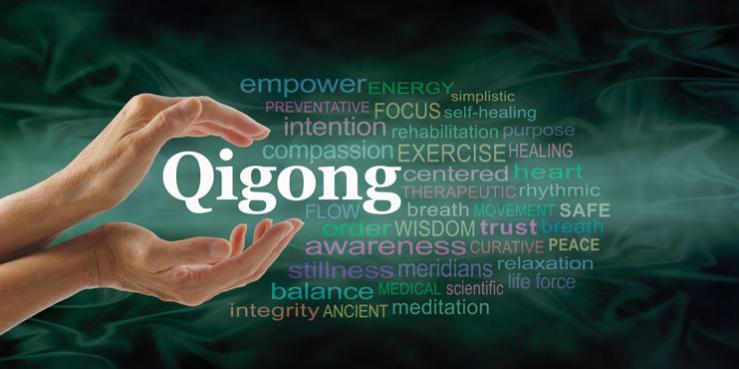Our bodies are built to move, so by integrating movement into our daily lives can benefit us more than we realise. If we just moved gently for 3 minutes every hour, it would help us clear the mind and increase our energy levels.
Qigong is an ancient art of movement, developed thousands of years ago in the East, with the philosophy of becoming more aware and aligned with the body and know how healthy it is. In our Mindfulness training we learn to become more aware of the body as a place to become present. We learn that, if we take the time to notice, we can tune into the body and become aware of sensations and tightness that we are so used to, it gets lost in the hustle and bustle of life, so it gets missed. The body has its own language and it often informing us, but we aren’t used to listening.
In our Mindfulness training we begin to learn about the undercurrent of thoughts, feelings and sensations that are ever present in our awareness. But as Mark Williams, John Teasdale, Zindel Segal and Jon Kabat-Zinn describe in their book The Mindful Way through Depression: Freeing Yourself from Chronic Unhappiness, “We can all become more aware of the ‘stream of consciousness’ going on in our minds, moment by moment. It often takes the form a running commentary. If it is potentially damaging to us, it is not because it is buried deep in the psyche but because it is left virtually unattended. We have gotten so used to its whisperings that we don’t even notice it is here. And so, it shapes our lives.” In the same way being oblivious to the sensations in the body can have the same effect, in that we are so used to it that we don’t notice it and so we are missing the opportunity to change and heal.
In the West we tend to only know we have parts of the body when they go wrong. We also tend not to pay attention to our breathing, or how stressed we are. What would happen if we started to listen to the body? We might take a little more care of the body and begin to see that sensations in the body are often linked to our thoughts and emotions. Once we begin to see a pattern emerging we have the opportunity to notice that we can ease tightness and pain in the body by moving very gently. Then rather than the tension or emotion getting stuck, we can begin to learn to move it through us. This can be the beginning of the healing process.
Whilst Qigong has been practiced to promote and restore health for thousands of years, it wasn’t called Qigong until the 1950s. Until then it was referred to as “the worlds oldest healthcare system”.
The low impact movement in Qigong help introduce gentle movement to muscles and joints which may feel tight, tense or achy. According to traditional Chinese medicine (which originated over 2000 years ago) when we move in Qigong we are moving qi (energy) through the body which helps improve circulation and all the fluids in the body to flow freely, rather than becoming blocked. Our mindfulness can help us notice if we feel blocked in the body anywhere through these tight, achy areas and we can then use the gentle movements to get it all flowing again facilitating healing. Research tells us that just 10 minutes of Qigong each day helps to raise our serotonin levels. Serotonin is one of the natural body chemicals that controls mood. It works with melatonin to help control when we sleep and wake up, as well as how we feel pain and our overall wellbeing.
If we can set an intention to move at least once an hour, we can begin a process of taking more care of the body, our stress levels and overall wellbeing. The movement can just be simple stretching or walking, however if we can integrate some simple Qigong movement into our lives, we may be able to reap the benefits rather quickly.
The Mindfulness Association run a Mindful Qigong course over 5 weekly evening sessions. Find out more about it here. Here is a 4 minute mini mindful qigong practice. You can also try a short seated movement here.
Jacky Seery


